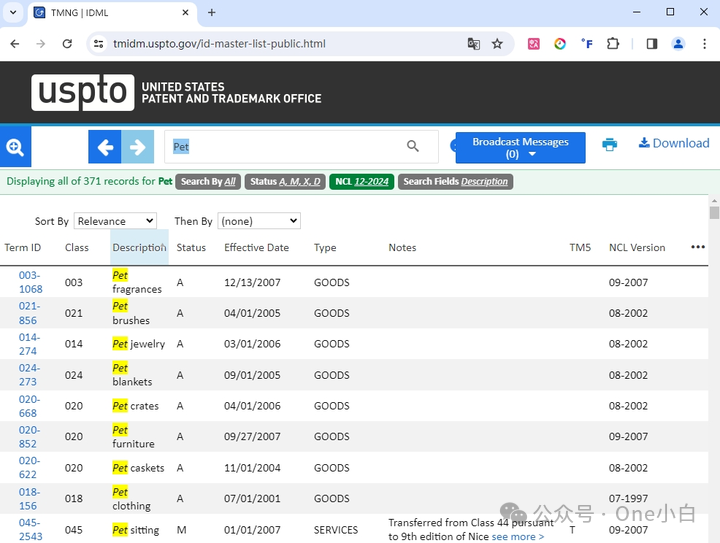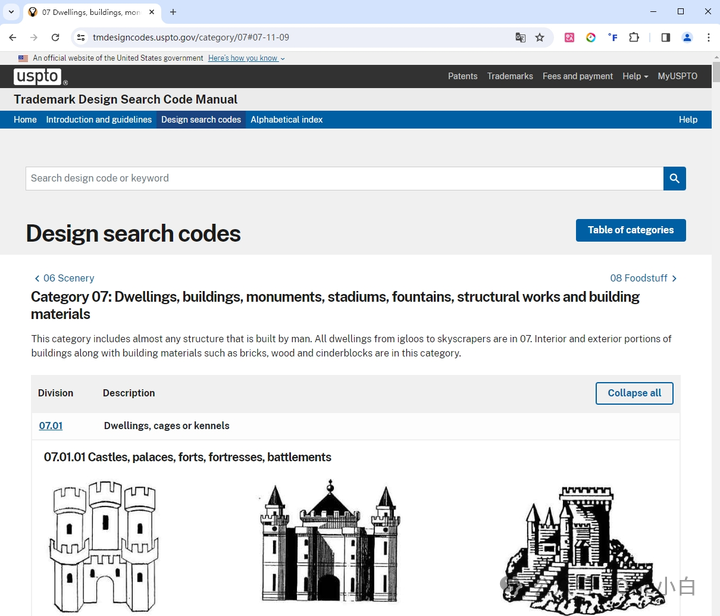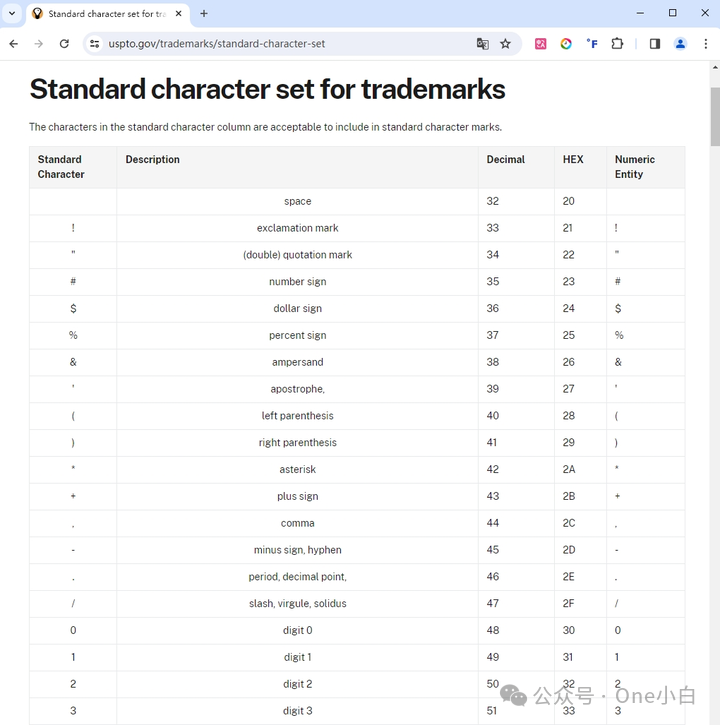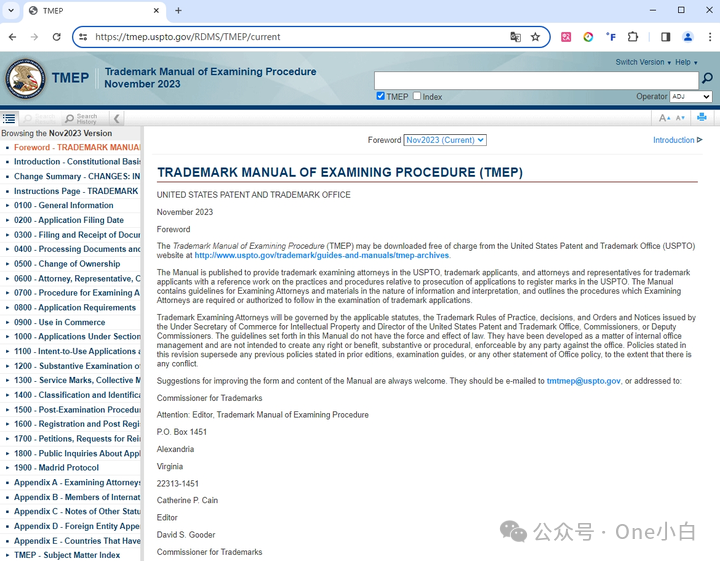MyUSPTO: https://my.uspto.gov/
MyUSPTO is a single portal for the USPTO to actively manage your intellectual property portfolio, track patent applications and grants, check trademark registrations and status, etc. You must have a USPTO.gov account to access MyUSPTO.

TMsearch: https://tmsearch.uspto.gov/
The USPTO’s new Trademark Electronic Search System, TMsearch, contains records of all active and inactive trademark registrations and applications. You can search this database for any applied or registered trademark to see if there is one that conflicts with yours.
It should be noted that any search conducted on TMsearch is limited to the USPTO’s federal trademark application and registration database and does not include trademarks of other parties who may have trademark rights but have not federally registered them. These rights are called “common law” rights and are based solely on commercial use of the trademark in a specific geographic area.

TEAS: https://www.uspto.gov/trademarks/apply
All US trademark applications must be submitted through the USPTO Trademark Electronic Application System TEAS (Trademark Electronic Application System). You can fill out and submit all trademark application forms and make payments, respond to office actions, update correspondence information, submit registration maintenance and renewal documents, etc. in TEAS.
Starting January 20, 2024, the USPTO requires all users who want to access the Trademark Electronic Application System (TEAS) or TEAS International (TEASi) to log in with a USPTO.gov account and complete identity verification. Only verified account holders can access and submit trademark forms. There are two submission options for the initial application form: TEAS Plus and TEAS Standard. Applicants can pay fees by credit card, electronic funds transfer EFT (Electronic Funds Transfer) or through an existing USPTO Deposit Account. The USPTO does not accept cash, PayPal or other electronic currencies.

TSDR: https://tsdr.uspto.gov/
The USPTO Trademark Status and Document Retrieval System TSDR (Trademark Status and Document Retrieval System) allows users to access trademark application or registration documents using trademark application serial numbers or registration numbers. You can use TSDR to check the status of your trademark application or registration at any time, as well as view, print, and download any file in the document.

ID Manual: https://idm-tmng.uspto.gov/id-master-list-public.htmlID Manual: https://tmidm.uspto.gov/id-master-list-public.html
The Acceptable Identification of Goods and Services Manual (ID Manual) provides a searchable list/online database of acceptable identifications of goods or services by the USPTO. These pre-approved descriptions can be used in your initial application to describe and classify your goods or services.
Do not use descriptions if they are inaccurate. Misidentifying your goods or services could delay your trademark application process or prevent you from registering your trademark. You can review the manual before you begin and while you are completing your TEAS initial application.

DSCM: https://tmdesigncodes.uspto.gov/
A design element is generally any non-textual component of a trademark, such as an image of a star or flower.
The USPTO Design Search Code Manual DSCM (Design Search Code Manual) provides a method for searching TESS for designs that appear in trademarks. The USPTO assigns one or more design search codes to all trademarks with graphic design elements for search purposes. This manual indexes the design classes, divisions, and sections that make up these codes.
A design search code is a six-digit numeric code (example: 07.03.06) that the USPTO uses to identify a specific design or design element.

USPTO standard character set: http://www.uspto.gov/teas/standardCharacterSet.html
A drawing is a clear image of the mark you are applying to register. If you wish to register multiple variations of your mark, you will need to file a separate application and fee for each variation. The USPTO uses the drawing to upload the mark to the USPTO search database and print the mark in the Official Gazette (OG) and on the registration certificate.
There are two types of drawings: “standard character” and “special form”.
When the mark consists of only words, letters, or numbers, a standard character drawing is usually filed. Because standard character drawings are not restricted to a specific font, style, size, or color, they provide you with broader protection than special form drawings.

TEMP: https://tmep.uspto.gov/
The Trademark Manual of Examining Procedure (TMEP) provides guidelines and procedures that trademark examining attorneys are required or authorized to follow when examining trademark applications.

If You Have Any Questions And Anything Want To Know, Please Contact Our 1 To 1 Customer Service, Click Blow To Consult Now. Whatsapp:+86 133 8660 0057